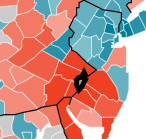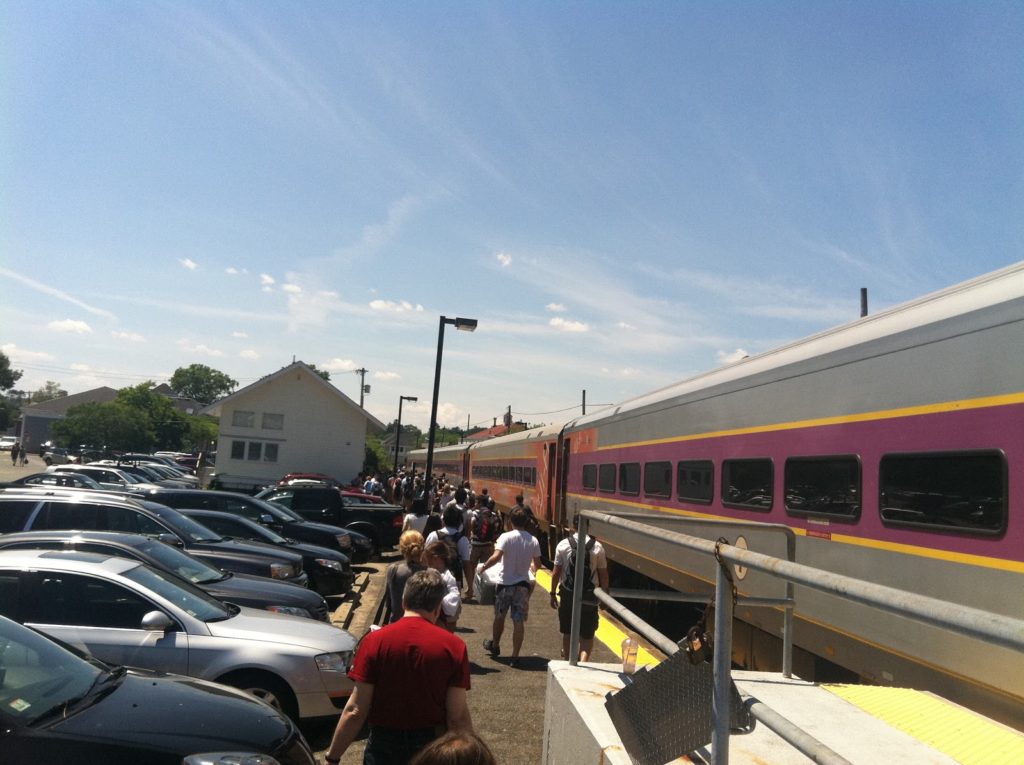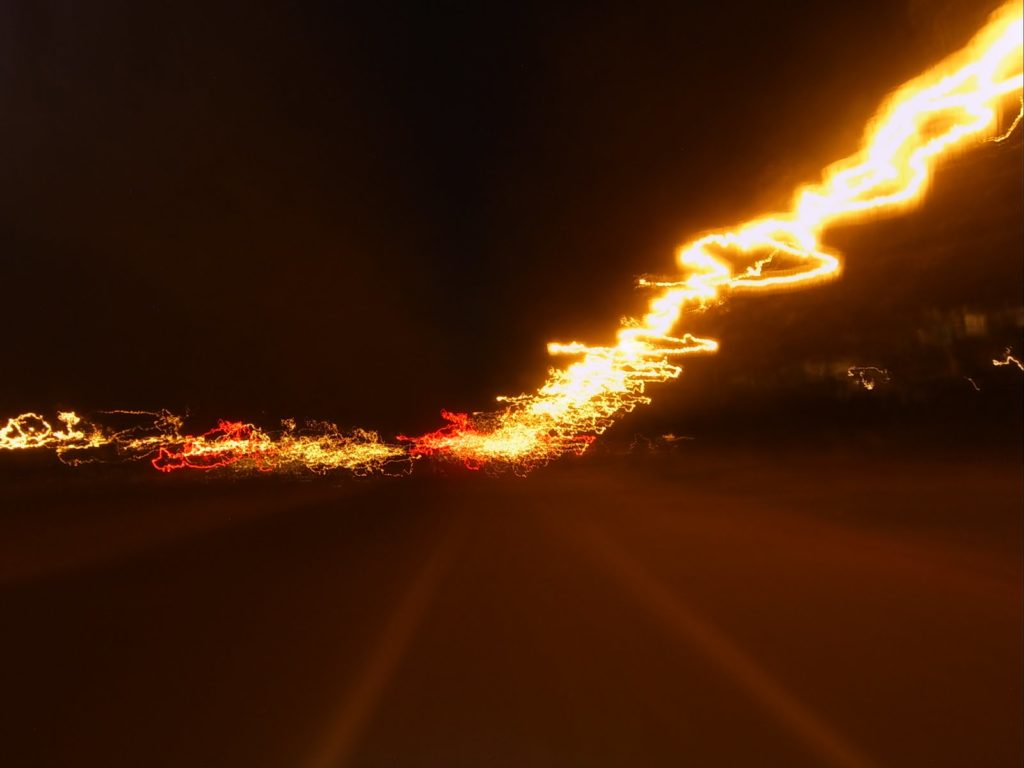In a recent post, Andrew Sullivan linked an article by Joel Kotkin arguing that the trends shown by the 2010 census show a continuing flight both from cities to suburbs and from denser cities to less dense ones. This page has never been a fan of Kotkin, who is continually trying to reprove his thesis from 2005 that the suburbs were the way of the future and that the cities of the future were “Orlando, Fla., San Bernardino-Riverside, Calif., Phoenix and Las Vegas.” (Seriously, this 2005 piece gets just about everything wrong.)
I am not going to waste time arguing several of the points Kotkin raises (for instance, he extols falling condo prices without mentioning that suburban house prices in many markets have plummeted just as much) or go in to the politics of subsidized home ownership (Sullivan uses another blogger to point out that high urban housing prices stem from high demand and policies which restrict growth in supply, further subsidizing suburban housing). Instead, I am going to look at recent, post-housing bubble data that shows that Mr. Kotkin’s thesis may be based mostly on the first half of the decade, not recent years. (He goes on to compare the 2009 American Community Survey and the 2010 Census, which are different data sets—so he’s comparing apples to oranges.)
In the second half of the decade, out-migration from Suffolk Country went from well outpacing in-migration to falling behind it, and it fell while in-migration slowly rose. Locally, adjacent counties in eastern Massachusetts were recipients from Suffolk County each year, but further-flung counties, including sprawl-heavy Worcester County and those in Southern New Hampshire, flipped from receiving many migrants to giving them back.
Further afield, in 2005 Boston lost migrants to most every sprawling metropolis, including Dallas, Las Vegas, Atlanta, Charlotte, Jacksonville, Orlando and Miami. It gained population from all these centers in 2009. Middlesex County, including the very dense cities of Cambridge and Somerville (but large exurban areas as well adjacent to New Hampshire) shows similar, if less pronounced, trends.
2. Philadelphia County, Penna.
Philadelphia’s migration trends are not as pronounced as Boston’s—there is no switch from net out-migration to net in-migration—but it mirrors those of its northeastern neighbor. In the region, we can note a pronounced shift away from migration to far-flung suburbs, especially the second ring in Pennsylvania and New Jersey. There are similar shifts to the nearby suburbs in both years (and a similar draw from North Jersey) but the out-migration to the exurbs disappears. On the national front, there were fewer major shifts (like in Boston) but still several trends away from less-dense areas.
3. Washington, D.C.
The demographic trends for Washington show similar patterns, especially on the national scale. It’s out and in migration flipped, like in Boston, although the changes were less pronounced, as it never had the same mid-decade baseline losses as Boston. Locally, there was less movement towards some outer suburbs, although this can be confounded by the presence of Baltimore to the north, which doesn’t really qualify as a D.C. suburb. Still, there was less movement to counties far off in Northern Virginia in 2009 than 2005. Nationally, DC lost residents to Charlotte, Atlanta, Phoenix, Las Vegas and Los Angeles. By 2009, it was gaining residents from all of these.
While I wish I could go on this thread forever, I can’t, because the data (here, at least) is at the wrong scale. New York City is broken in to counties, and it’s so big that each county has different trends since there is so much migration within the city, as well as in to the city from the rest of the country. San Francisco doesn’t show such trends within the metropolitan area because the population is so spread across counties, and except for SF itself, most of the counties have significant urban and rural populations. But, further afield, San Francisco saw dramatic changes: in 2005 it lost significantly to LA, Las Vegas and Phoenix, in 2009 it gained population from these three cities. And in Atlanta and Chicago (Fulton and Cook counties), there weren’t major changes in national out-migration, but dramatic reductions in moves to the outer suburbs.
In any case, go and explore the Forbes map. It’s a lot of fun, both from a geography-nerd level and an exercise in proving Joel Kotkin wrong.















